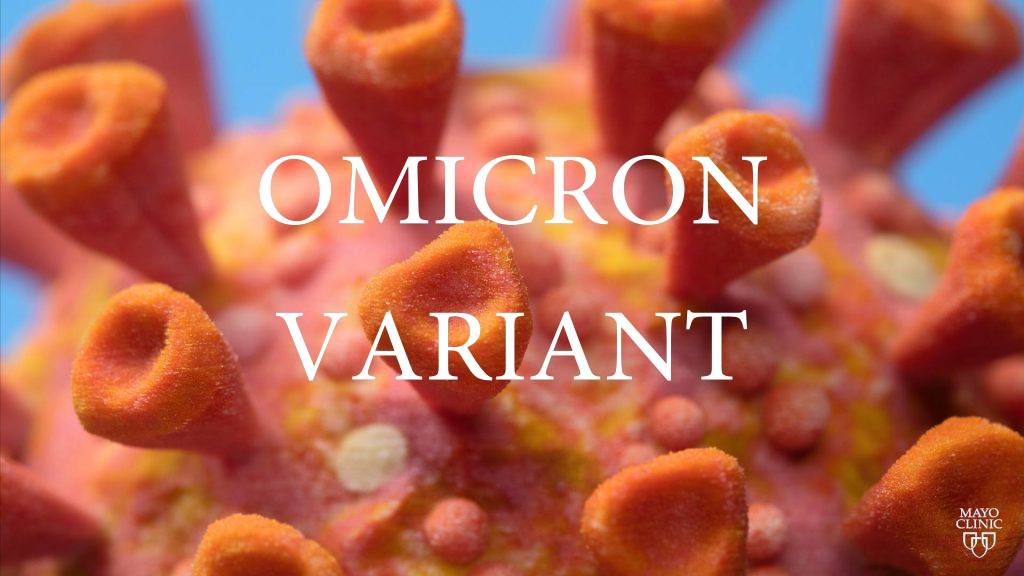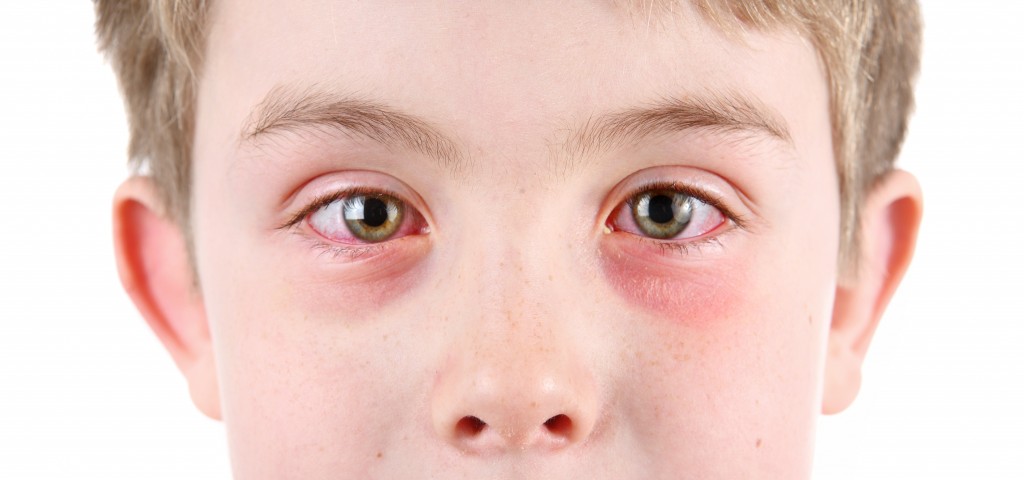-
Mayo Clinic expert talks about the new omicron variant

While COVID-19 rates in the U.S. are relatively low and are declining, the World Health Organization (WHO) is keeping an eye on a new COVID-19 variant. The omicron subvariant XBB.1.16, known as "Arcturus," has been listed by the WHO as a variant under monitoring since March 22. Experts say this variant has a higher transmissibility rate than previous strains but doesn't appear to be more dangerous.
"It is causing increasing case counts in certain parts of the world, including India. We're not seeing high rates of XBB.1.16 yet in the United States, but it may become more prominent in coming weeks," says Dr. Matthew Binnicker, director of the Clinical Virology Laboratory at Mayo Clinic.
He says experts are seeing new symptoms with the new variant.
"One new feature of cases caused by this variant is that it seems to be causing conjunctivitis, or red and itchy eyes, in young patients. This is not something that we've seen with prior strains of the virus," Dr. Binnicker adds.

Watch: Dr. Matthew Binnicker discusses new COVID-19 variant and overall infection rates.
Journalists: Soundbites are available in the downloads at the bottom of the posts. Please courtesy: "Mayo Clinic News Network." Name super/CG: Matthew Binnicker, Ph.D./Laboratory Medicine and Pathology/Mayo Clinic.
Respiratory rates declining
Dr. Binnicker says respiratory viruses, including COVID-19 infections, influenza, and RSV have declined in the U.S. in recent weeks.
"The case counts of respiratory infections have begun to drop as we're entering into the spring months in the Northern Hemisphere with warmer temperatures and people getting outdoors," says Dr. Binnicker. "Respiratory viruses, like SARS-CoV-2, tend to decline in the spring and summer months, and that is what we're seeing in most parts of the U.S. right now."
SARS-CoV-2, the virus that causes COVID-19, keeps emerging because the virus mutates and copies itself as it spreads from person to person, creating new variants.
"New variants come and go. We're seeing increased transmission rates, so higher levels of infectivity with recent COVID-19 variants, but in general, they tend to be causing less severe disease in individuals, which is good news," explains Dr. Binnicker. "This is likely due to a combination of factors, including higher vaccination rates, higher rates of immunity from prior infection, and lower pathogenicity of recent variants."
Although COVID-19 rates in the U.S. are relatively low, health experts recommend people remain vigilant in using these preventive measures:
- Wash your hands frequently.
- Avoid close contact with people who are sick.
- Stay home if you feel sick or have any symptoms of COVID-19.
Learn more about Mayo Clinic Laboratories.
Related post:







